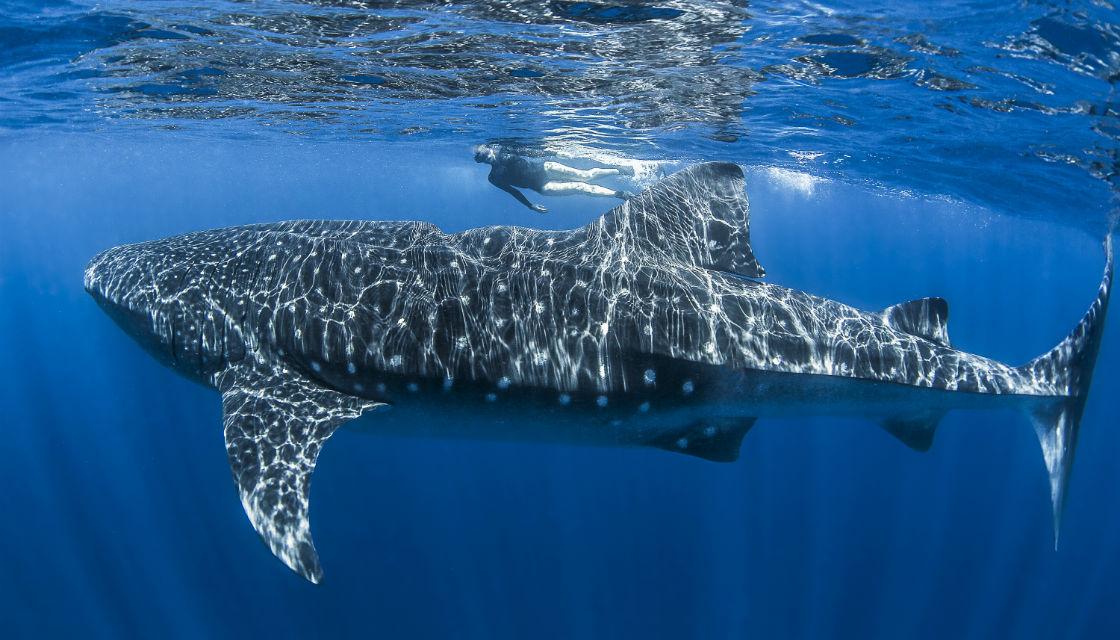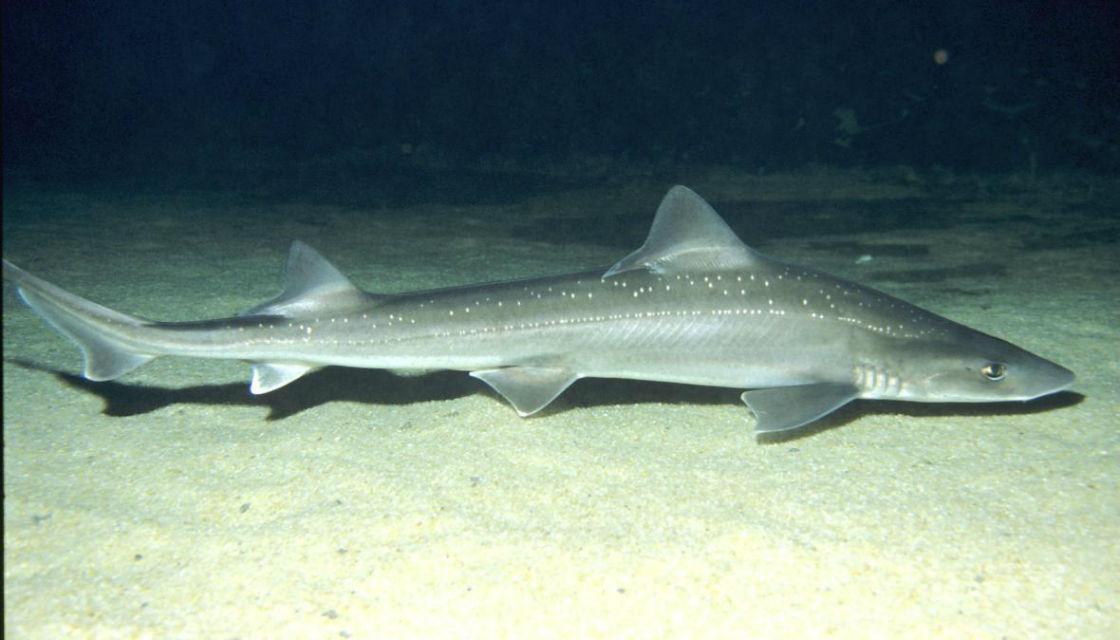If you're going into the water this summer, be prepared for what's in there with you.
With sea temperatures well above average, scientists are warning shark sightings are likely to increase.
- Prepare to see more sharks this summer - scientists
- Tourist left with 'deep gash' after suspected shark attack
- Great white shark to blame for Muriwai attack - expert
Around 70 species of sharks are found in New Zealand's waters. They range from the tiny pygmy shark to the giant whale sharks. And in between are several that are dangerous - including the great white and mako sharks.
While shark attacks are rare, they can be fatal. The last person killed by a shark in New Zealand was in 2013 at Auckland's Muriwai Beach, when a man was attacked by a shark witnesses said was about 4m long.
And earlier this year, a tourist had to be dragged from the water in Southland after being bitten while bodyboarding. There are known to be great white and blue sharks in the area.
Here's a handy guide to some of the sharks you may see if you're in the sea - and some you're more likely to see in the fish and chip shop.
Great whites

Great white sharks are apex predators, and are most frequently seen in areas close to large seal colonies.
Their large size and diet of large prey make them a danger for anyone swimming, diving or surfing in areas frequented by these sharks.
Great white sharks have already been spotted in New Zealand's waters this summer. Kiwi man Troy Kendall told Newshub he was surfing near Invercargill when he spotted a great white.
"About one-and-a-half-metres in front of me a fin and tail popped up out of the water, it was about two-and-a-half to three metres from fin to tail," he says.
"My first instinct was turn around and paddle as fast as I could back to shore. I got out of the water and got a better look and could easily recognise the length was huge."
Whale shark

The whale shark is the largest of them all, growing up to 18 metres in length. They are filter-feeders, with their diet including zooplankton, fish eggs, and small fish.
"Whale sharks occur in New Zealand waters from November to March, with the peak of sightings occurring in February," DOC says.
"It is possible that during exceptionally warm summers some whale shark may reach the South Island."
Oceanic whitetip shark

The oceanic whitetip shark is found in tropical to warm-temperate oceanic waters. While they are rarely sighted due to overfishing, warmer sea temperatures mean more are likely to be seen off New Zealand this summer.
"In New Zealand waters, they have been recorded at and near the Kermadec Islands, off the northeast coast of North Island south to about Mahia Peninsula," DOC says.
"A pregnant female recently washed ashore at Muriwai on the west coast North Island."
Bronze whaler

If you're surfing around the North Island, be prepared to see a large shark surfing next to you.
They live in shallow coastal waters during the summer, lurking around reefs, estuaries, bays, and surf beaches.
"At three-metres long, bronze whaler sharks can get quite large," says NIWA Principal Scientist, Dr Malcolm Francis.
"Sightings increase at this time of the year, partly because more New Zealanders head for the beach in summer, but also because they come into warmer waters to chase fish or give birth to their young."
NIWA says the shark is one of the most abundant large shark species in our coastal waters.
They're also likely to be encountered by divers. While they are not normally aggressive, they have been known to bite when excited.
Mako sharks

Mako sharks are the fastest of all shark species, and found in waters right around New Zealand. Only occasionally are they found close inshore.
They're are taken in large numbers in New Zealand's tuna longline fisheries, mainly in the West and East Coast of the North Island.
"Mako is its Māori name, meaning either the shark or a shark tooth. The Māori name has been adopted worldwide," says Dr Francis.
"Other rarely-used names for shortfin mako are mackerel shark and blue pointer."
Blue shark

Blue sharks grow up to 3 metres long and up to 200 kg in weight. They're noticeable for their distinctive blue upper body and their bright white underside.
These sleek animals are often seen inside our harbours and around New Zealand's coasts over summer, and are caught in relatively large numbers by recreational fishers.
Blue sharks are occasionally seen by spear-fishers diving off-shore, especially around rocky outcrops.
School shark

These sharks are widespread throughout the coastal waters of New Zealand, but are particularly abundant in the north.
In summer, they move closer to shore, where they eat squid and small fish.
School sharks are grey on their top and white underneath, and grow up to 2m long.
Most Kiwis would have eaten school shark - it's one of the main species sold in fish and chip shops.
Spotted dogfish

They have a grey or bronze top, white belly, and small white spots over their upper body.
These sharks spend their summer in coastal waters, harbours and estuaries, where they feed on crabs.
They're no threat to humans, only growing on average to around 70cm to a metre long. Spotted dogfish are one of the main species sold in fish and chip shops.
Newshub.
